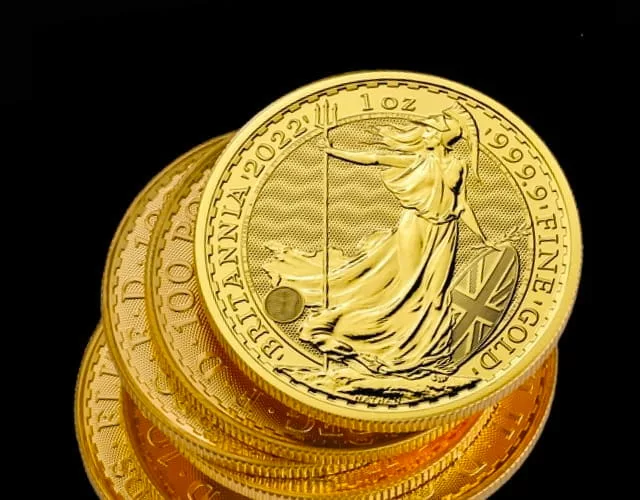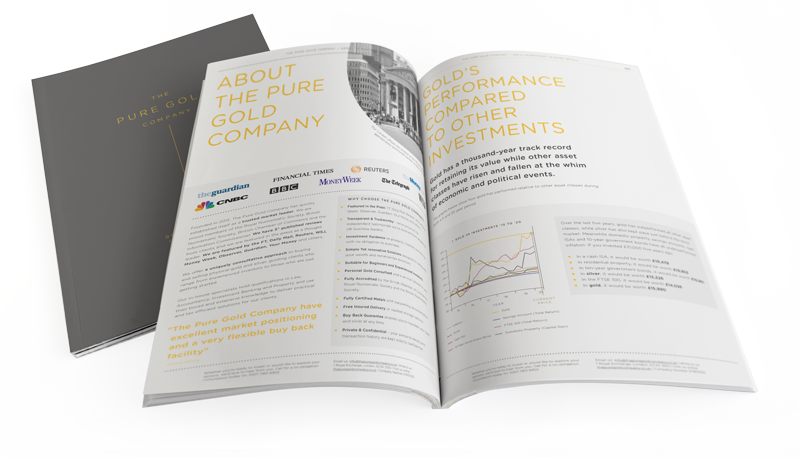Over the last three years, global central banks have watched alternative forms of money and payment develop. First with scepticism, more recently, with alarm.
The rise of cryptocurrencies has presented a unique challenge to central banks. Governments, they believe, must control the supply of money. But governments have never been early adopters of novel technologies – and so, around the world, most payments still rely on archaic “legacy systems.”
The rising adoption of cryptocurrencies like Bitcoin has demonstrated that the concept of digital money is no longer unfeasible for the average individual. Cryptocurrencies are decentralized, borderless and “trustless” – the recipient doesn’t have to trust (or even know) the payor in order to know the transaction is trustworthy. International payments with digital currencies are frequently faster and less expensive than SWIFT or bank wires.
So central banks have worked feverishly on an alternative sort of digital currency, a “digital sterling” or “FedCoin” as it’s called in the U.S. as a new type of money. En masse, these projects are referred to as central bank digital currencies (CDBC).
What is a central bank digital currency?
A central bank digital currency is a hybrid of traditional fiat currency and cryptocurrency. In order to really understand CDBCs, you need a basic grasp of cryptocurrencies. We’ll cover that briefly, then discuss the efforts of central banks.
Cryptocurrencies in two minutes
Cryptocurrencies are a completely digital form of money. Cryptocurrencies do not exist except in the form of information. This may sound like a tenuous store of value. Even so, at the moment of writing, the world owns cryptocurrencies worth nearly £900 million and trades over £40 million per day. Granted, this is down significantly from the late 2021 peak of £2.3 trillion market cap. However, despite the brutal 15-month bear market, cryptocurrencies haven’t gone away.
Cryptocurrencies have two major characteristics that distinguish them from traditional money:
- Cryptocurrencies are not mediated. In traditional banking, there’s always at least one financial intermediary between a payment’s sender and recipient. In the world of cryptocurrencies, payments move directly between the two parties. (It’s this lack of financial intermediation that’s allowed cryptocurrencies to be dismissed as simply a way for criminals to collect payment from their victims.)
- Cryptocurrencies are decentralized. There’s no “central bank” of crypto. Total issuance is determined by the underlying software that manages the currency. Transactions and balances are recorded by all participants in the crypto network. This multiply-redundant record-keeping system makes cryptocurrencies highly resistant to hacking or tampering.
Discover Gold’s Unique Tax Advantage
Most investments are subject to some form of taxation, but physical gold can be totally free of VAT and capital gains tax.

A number of (mostly repressive) nations have attempted to outlaw cryptocurrencies. However, the decentralized nature of the software has made that incredibly challenging.
So central banks have decided to co-opt the cryptocurrency framework and create a hybrid fiat currency – in other words, CDBCs.
CDBCs bridge the gap between traditional money and cryptocurrencies
The idea of CDBCs can be confusing. Workers no longer receive pay packets at the end of the work week – rather, they receive an adjustment to their bank balance. Isn’t that digital money?
In a sense, yes. If we consider the quantities of circulating, physical currency, both bills and coins (M0), in the nation compared to total bank balances (M1) it’s easy to see that, already, most money is digital in nature.
December 2022:
- M0 or total physical currency in circulation: £93,602,000,000
- M1 or bank balances: £2,450,844,000,000
- Ratio: Appx 25:1
Benefits and drawbacks
To be frank, there simply aren’t that many benefits for individuals. As we’ve shown, most money is already digital – we already have access to our funds from our smartphones at all times.
The primary benefits are to institutions like central banks and governments.
When every citizen’s money is on account with the Bank of England, it’s much easier for the BoE to execute monetary policy. Cutting interest rates to stimulate economic activity becomes a trivial exercise – and negative interest rates aren’t just plausible, but may be irresistible.
Then there’s privacy.
It is simply unavoidable that a CBDC would offer less privacy than currency, regardless of its design. To anyone who sees government as intrusive and overbearing, this is obviously a serious drawback. To government agents investigating tax evasion, money laundering, and other illicit transactions, the lack of anonymity would be good news. To divorce courts and bankruptcy judges, digital currency offers a completely transparent financial record that makes their work much easier.
In the most dystopian (and unfortunately all too real) regimes, digital currency is an economic panopticon and all citizens are, to a greater or lesser degree, prisoners. China has implemented a social credit system linked to its e-yuan digital currency. Alex Gladstein, chief strategy officer at the Human Rights Foundation, has recognized the danger to financial freedom and privacy inherent in central bank digital currency (CBDC), especially in repressive regimes like China. Gladstein observed, “The end of cash and the insta‐analysis of financial transactions enable surveillance, state control, and, eventually, social engineering on a scale never thought possible.”
Gladstein warns of the dangers of “financial omniscience” in the hands of central authorities:
“When the government can take financial privileges away for posting the wrong word on social media, saying the wrong thing in a call to parents, or sending the wrong photo to relatives, individuals self‐censor and exercise extreme caution. In this way, control over money can create a social chilling effect.”
Digital money potentially hands a government bureaucrat, or an AI algorithm, the power to blacklist individuals from transacting at all. Imagine the Security and Travel Ban’s Authority to Carry Scheme (the ‘no fly’ scheme), but for all financial transactions.
Or to shut down all transactions related to a specific category of goods or services. Imagine World War II-style rationing implemented overnight (in the name of austerity, perhaps). The average Briton spends £206 per month on food – groceries and takeaways included, which becomes the new nationwide maximum.
Even worse, the blockchain, the digital ledger where all digital transactions are recorded, is forever.
Such interventionist policies aren’t inevitable, though they would be not only possible but quite easy. Once government has this capability, how long can we trust that it won’t be used? (For ‘our own good,’ of course.)
Overt economic sanctions against individuals and corporations are certainly dramatic. They pale in comparison to the possible uses of complete, pervasive economic profiling. Every transaction is scrutinized and categorized to develop a comprehensive profile of every citizen. This is the kind of power authoritarians of the past could only dream of, and it’s already a reality.
How close are we to a digital pound?
The Bank of England is currently designing a digital pound and expects completion in the next 2-3 years, because ‘it is likely a digital pound will be needed in the future’.
Meanwhile, other central banks around the world are working on their own digital currency schemes. Meanwhile, the Bank of International Settlements (BIS) has developed Project Icebreaker, a platform enabling cross-border CDBC transactions.
Regardless of how imminent a ‘Britcoin’ or digital pound is to fruition, one thing is certain: such a development would mean the end of all financial privacy. EVERY transaction, no matter how innocuous, would be potentially subject to government review and even approval.
Those who value their privacy, who consider their transactions to be none of the government’s business, rely on discreet and untraceable forms of money. Right now, only cash and gold meet those requirements.
Of the two, only one isn’t losing purchasing power at 10% per annum. Only one is universally recognized and cheerfully accepted as payment anywhere in the world. Only gold’s value is intrinsic, meaning there’s no need for a counterparty guarantee.
Let’s hope central bank digital currencies are merely a passing fad. While we hope for the best, we can prepare for the worst by diversifying our wealth with tangible, physical, universally-valued gold.


